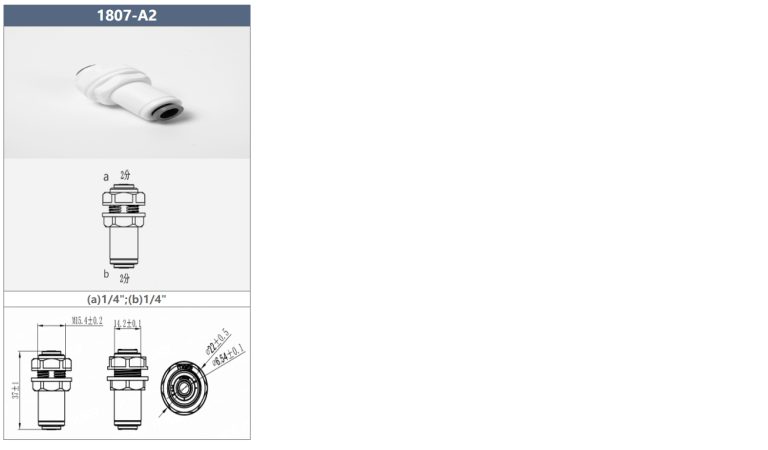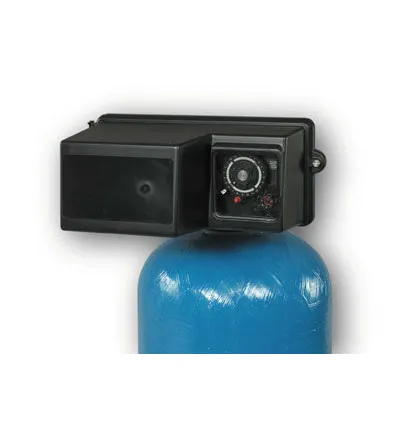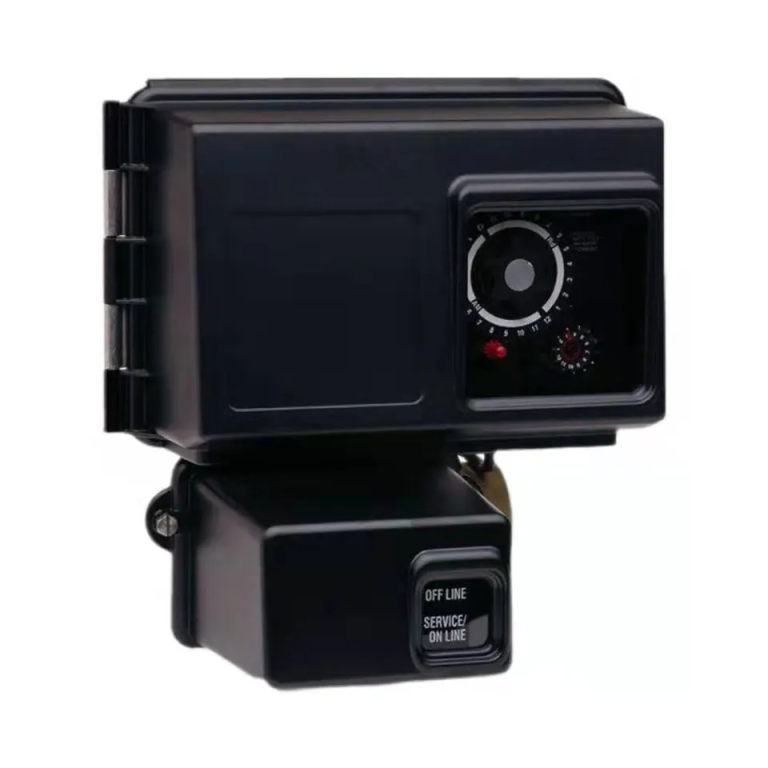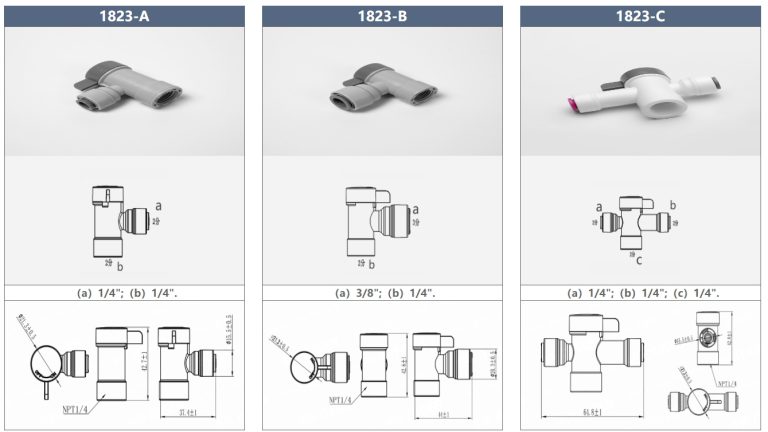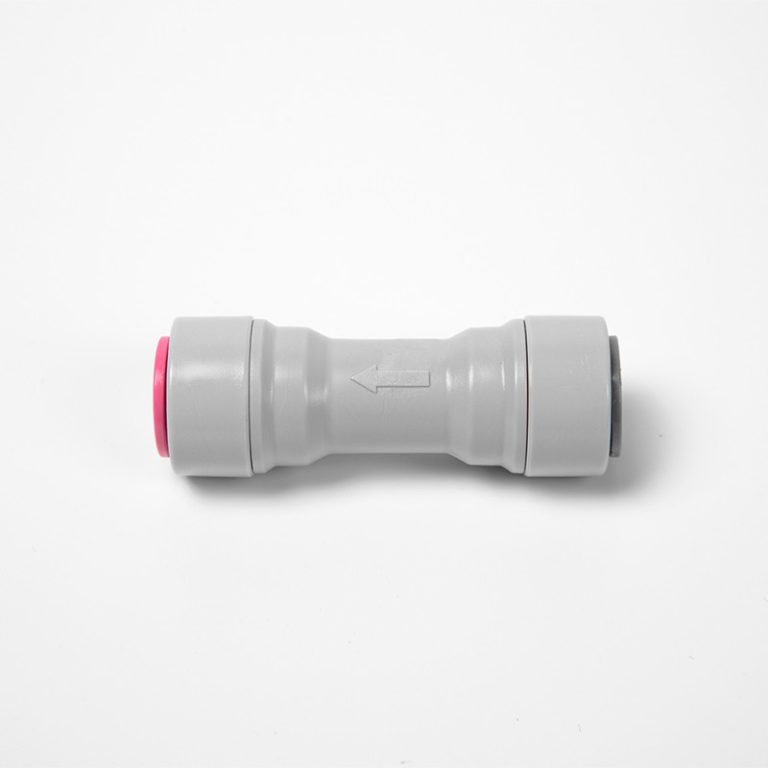Types of mass flow meters: Coriolis, thermal, differential pressure, and vortex.
Introduction to Mass Flow Meters
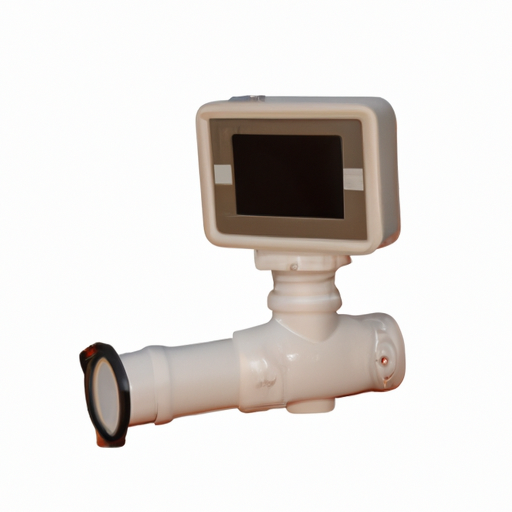
Mass flow meters are essential instruments used in various industries to measure the flow rate of fluids or gases. They provide accurate and reliable measurements, making them indispensable in applications such as chemical processing, pharmaceutical manufacturing, and oil and gas production. Understanding the different types of mass flow meters is crucial for selecting the most suitable one for a specific application.
| FCT-8350 Flow Transmitter | |
| Measurement range | Instantaneous flow:(0~2000)m3/h;Accumulated flow:(0~99999999)m3 |
| Flow rate | (0~5)m/s |
| Applicable pipe diameter | DN 25~DN 1000 for selection |
| Resolution | 0.001 m3/h |
| Renew interval | 1S |
| Accuracy | 2.0 level |
| Repeatability | ±0.5% |
| Probe input | Range :0.5Hz~2KHz;Power supply:DC 12V(instrument supply) |
| Analog output | (4~20)mA,Instrument/transmitter for selection; |
| Control output | Semi-conductor photo electronic relay,Load current 50mA(max),AC/DC 30V |
| Control mode | Instantaneous flow high/low limit alarm, flow variable frequency conversion |
| Working power | DC24V |
| Power consumption: | <3.0W |
| Cable length | 5m as standard ; or(1~500)m for selection |
| Working environment | Temp.:(0~50)℃;relative humidity≤85%RH(non condensation) |
| Storage environment | Temp.:(-20~60)℃; relative humidity:≤85%RH(non condensation) |
| Protection level | IP65(with back cover) |
| Dimension | 96 mm×96 mm×94mm (H×W×D) |
| Hole size | 91mm×91mm(H×W) |
| Installation | Panel mounted,fast installation |
One of the most common types of mass flow meters is the thermal mass flow meter. This type of meter operates based on the principle of heat transfer. It consists of two temperature sensors, one heated and the other unheated. As the fluid or gas flows through the meter, the heated sensor measures the temperature difference between the two sensors. The rate of heat transfer is directly proportional to the mass flow rate, allowing the meter to calculate the flow rate accurately.
Another type of mass flow meter is the Coriolis flow meter. This meter utilizes the Coriolis effect, which is the apparent deflection of moving objects caused by the rotation of the Earth. The Coriolis flow meter consists of a vibrating tube through which the fluid or gas flows. As the fluid or gas passes through the vibrating tube, it causes a change in the tube’s vibration frequency. This change is directly proportional to the mass flow rate, enabling the meter to provide precise measurements.
Ultrasonic flow meters are also commonly used for mass flow measurement. These meters utilize ultrasonic waves to determine the flow rate of fluids or gases. They consist of transducers that emit ultrasonic waves into the fluid or gas and receive the reflected waves. By analyzing the time it takes for the waves to travel between the transducers, the meter can calculate the flow rate accurately.
In addition to these types, there are also differential pressure flow meters. These meters measure the pressure drop across a constriction in a pipe to determine the flow rate. The constriction can be in the form of an orifice plate, a venturi tube, or a flow nozzle. By measuring the pressure difference before and after the constriction, the meter can calculate the flow rate based on established equations.

Each type of mass flow meter has its advantages and limitations, making it suitable for specific applications. Thermal mass flow meters, for example, are ideal for measuring low flow rates and are often used in applications where high accuracy is required. Coriolis flow meters, on the other hand, are suitable for a wide range of flow rates and can handle fluids with high viscosity. Ultrasonic flow meters are non-intrusive and can be used for both liquids and gases, making them versatile in various industries. Differential pressure flow meters are cost-effective and can handle high flow rates, but they may not provide the same level of accuracy as other types.
In conclusion, mass flow meters play a crucial role in measuring the flow rate of fluids and gases in various industries. Understanding the different types of mass flow meters is essential for selecting the most suitable one for a specific application. Thermal mass flow meters, Coriolis flow meters, ultrasonic flow meters, and differential pressure flow meters are among the commonly used types. Each type has its advantages and limitations, making it important to consider factors such as flow rate, fluid or gas properties, and accuracy requirements when choosing a mass flow meter.

